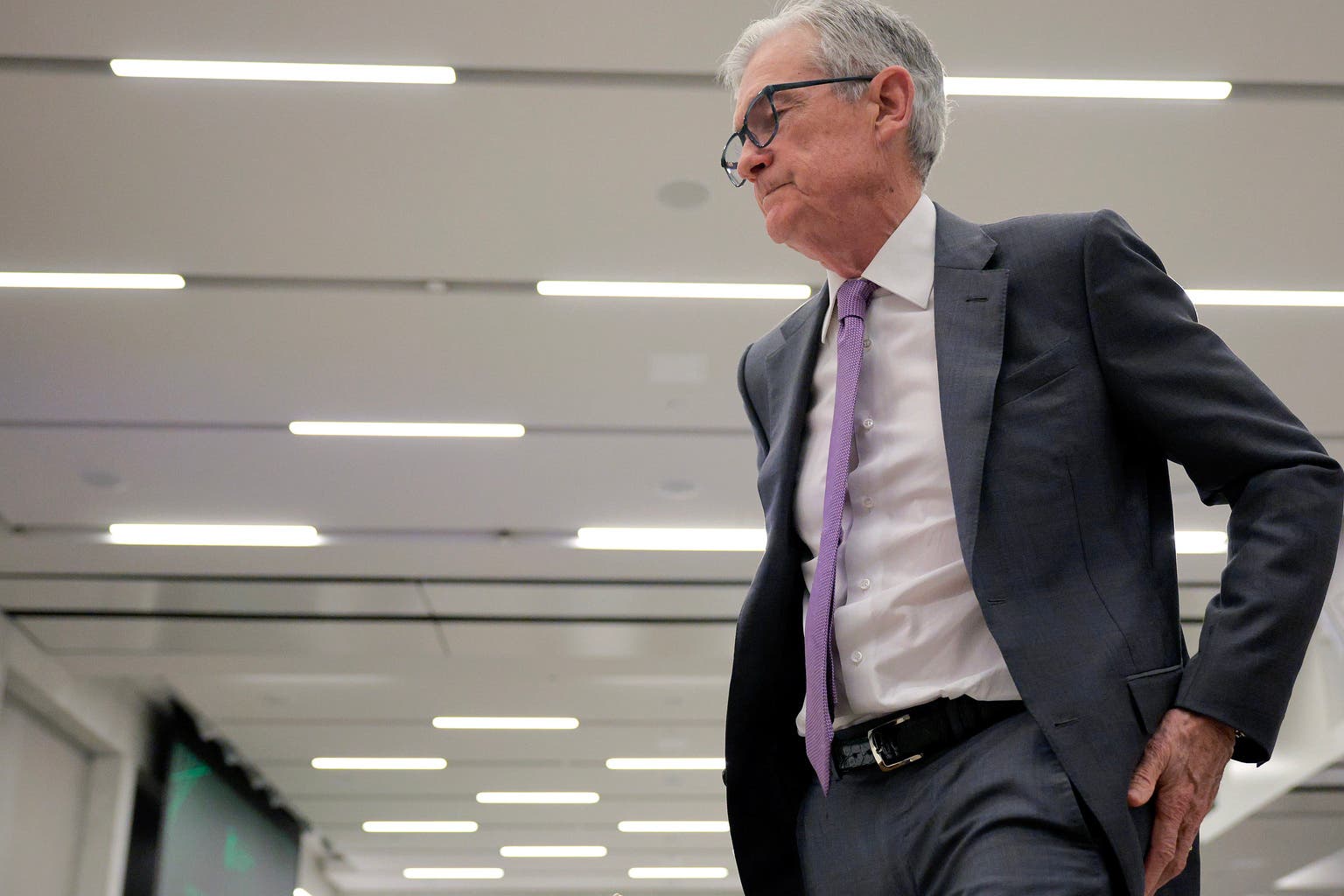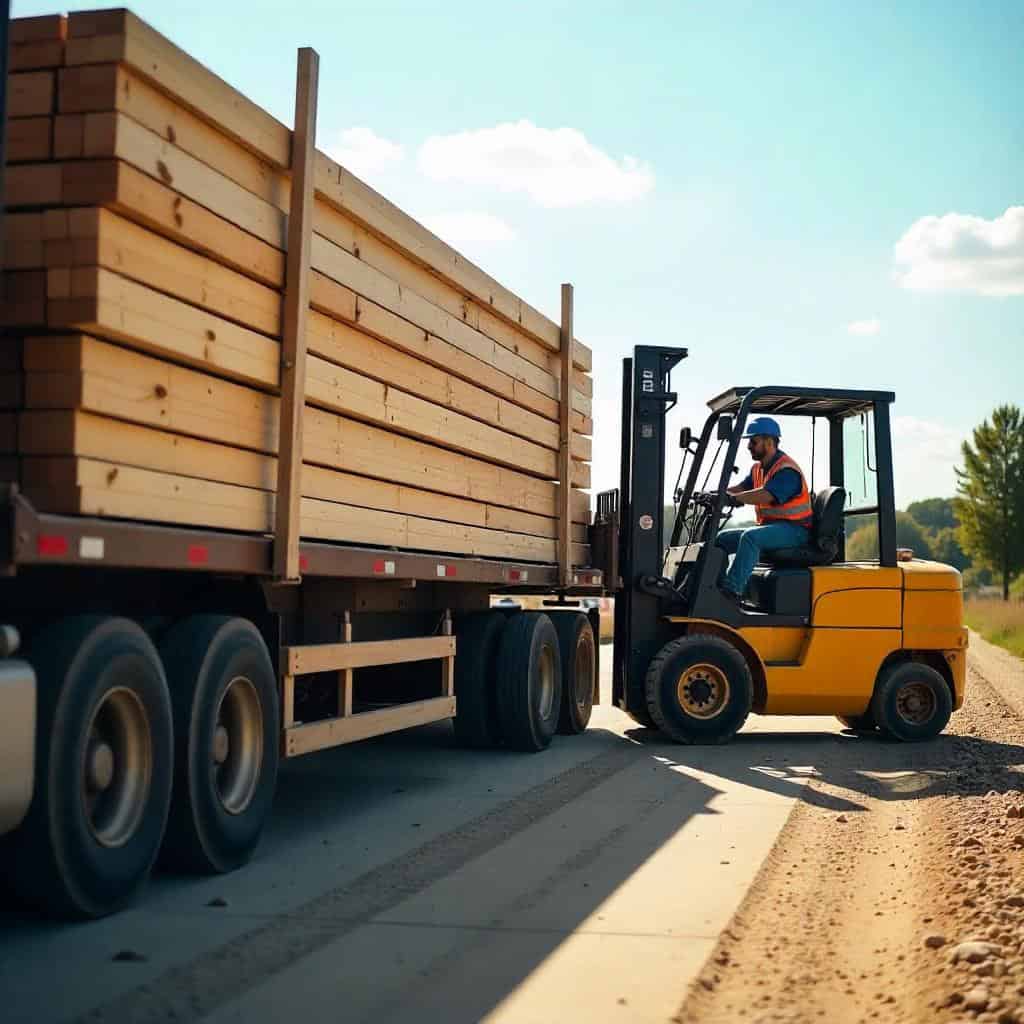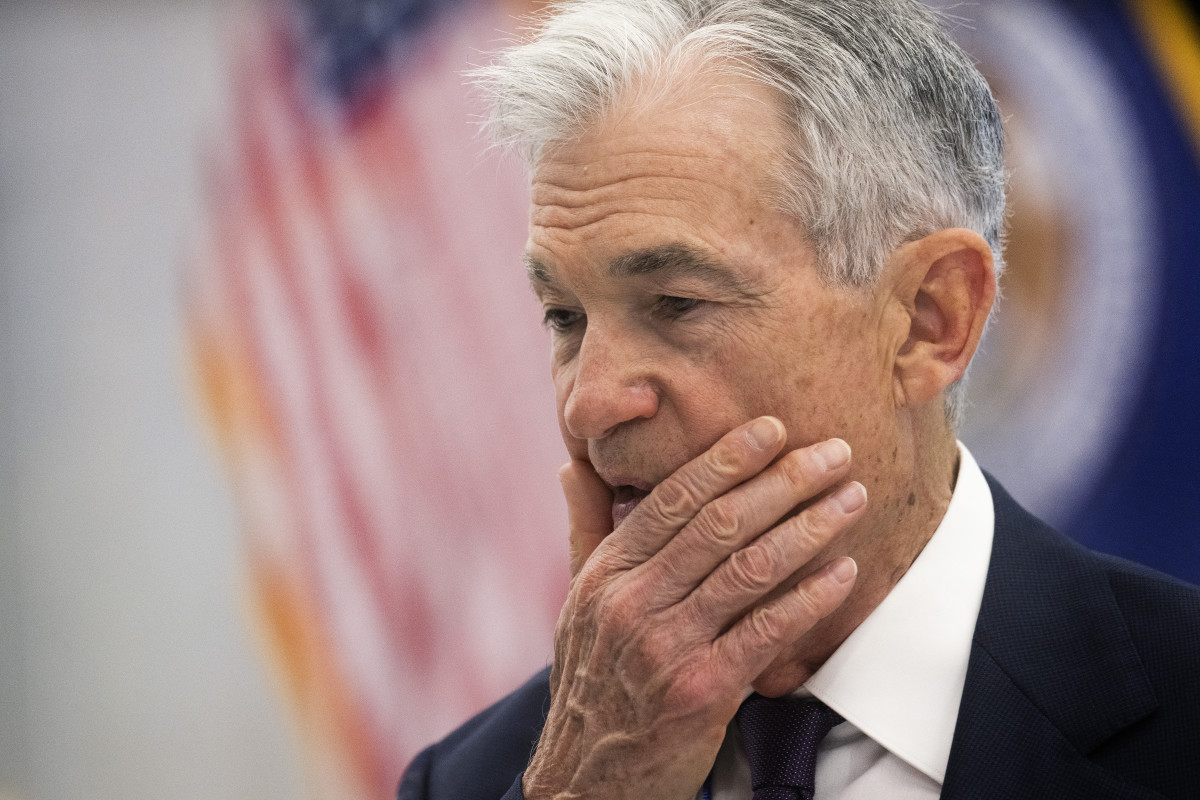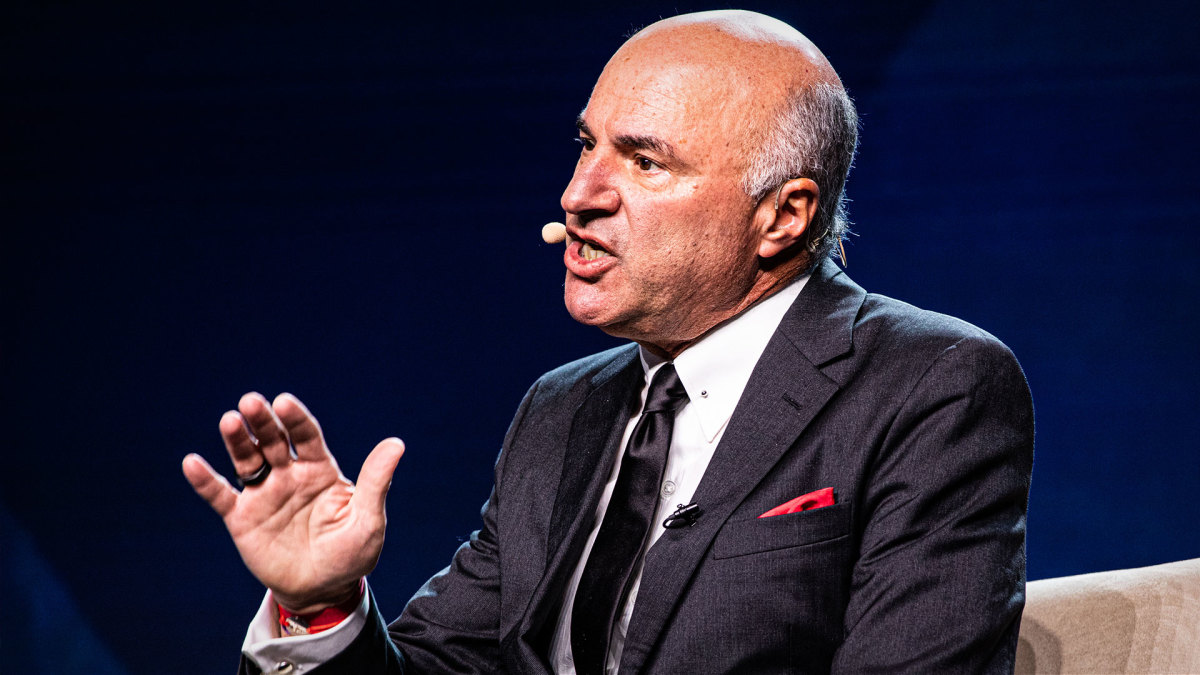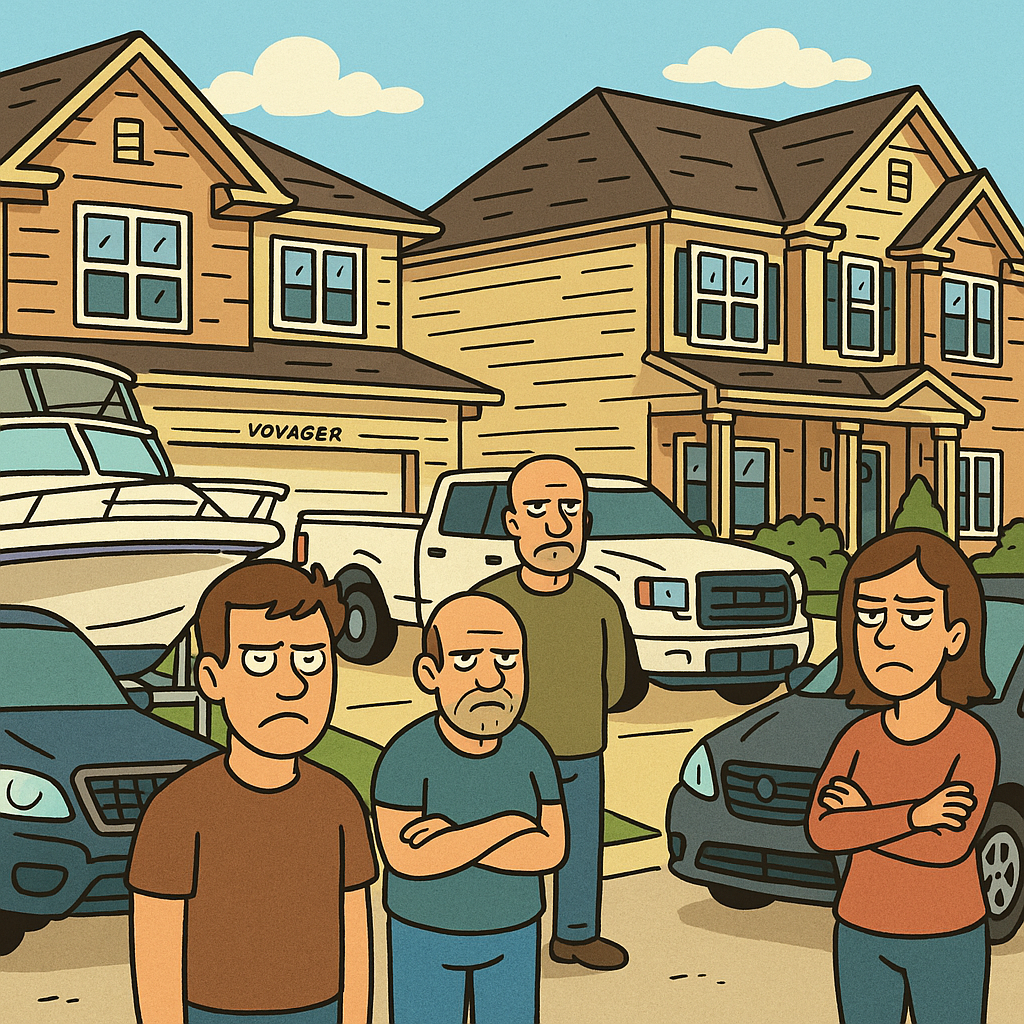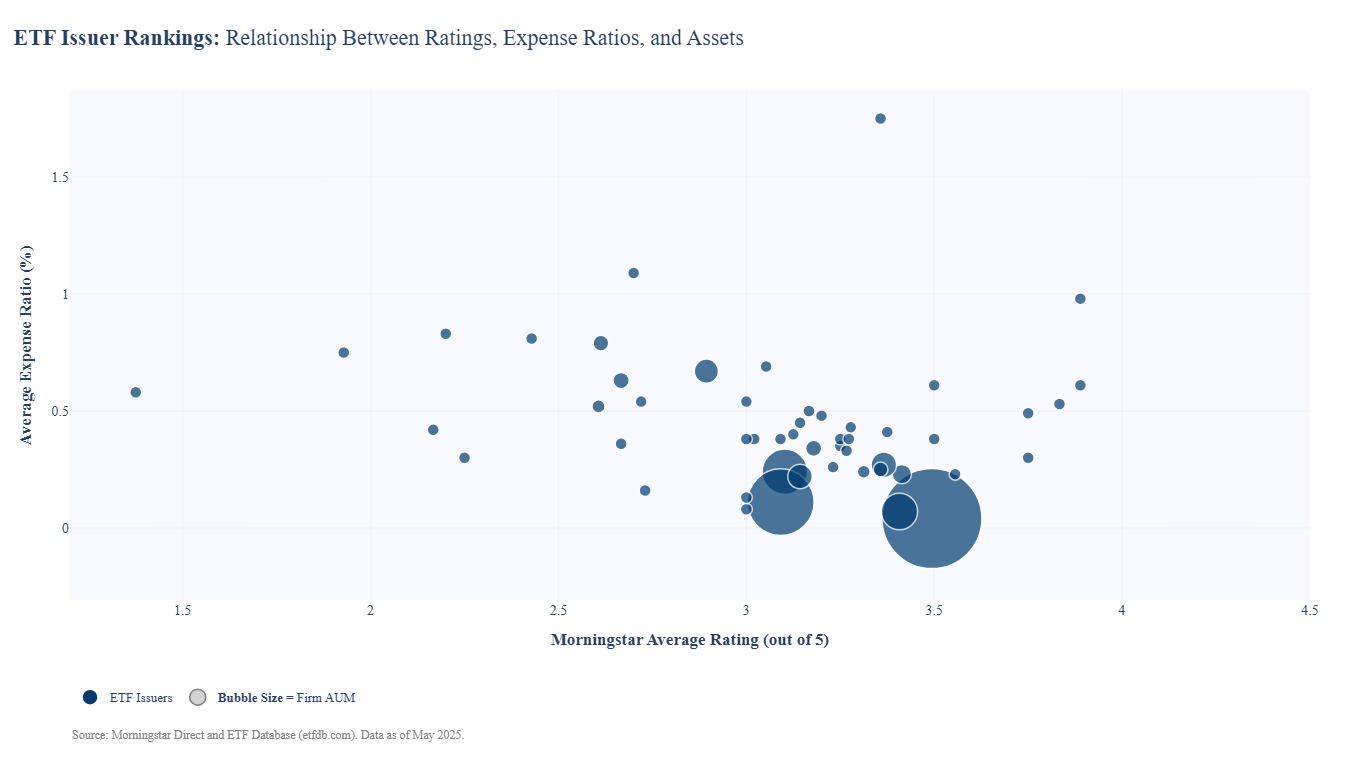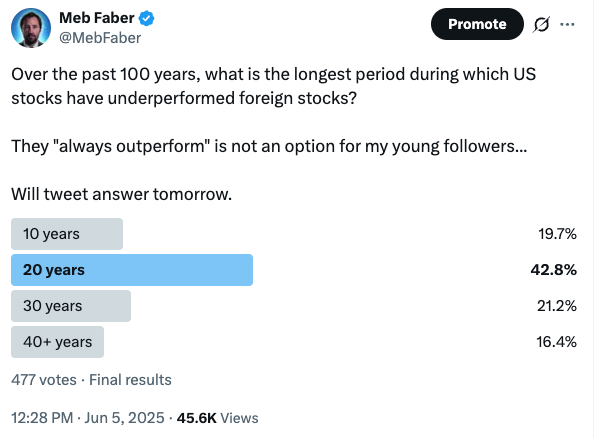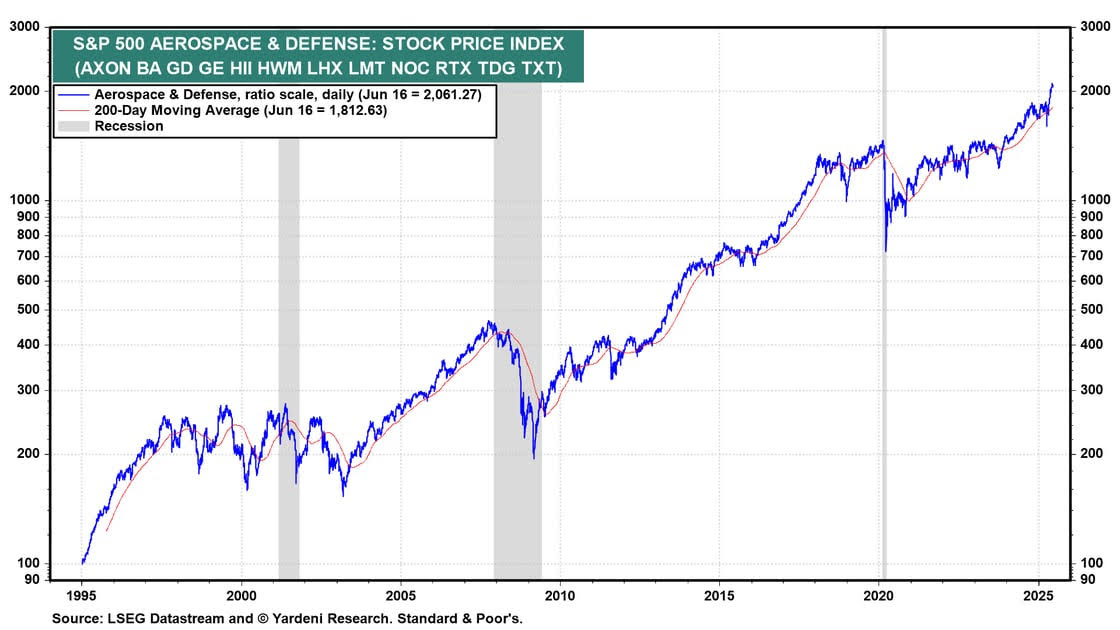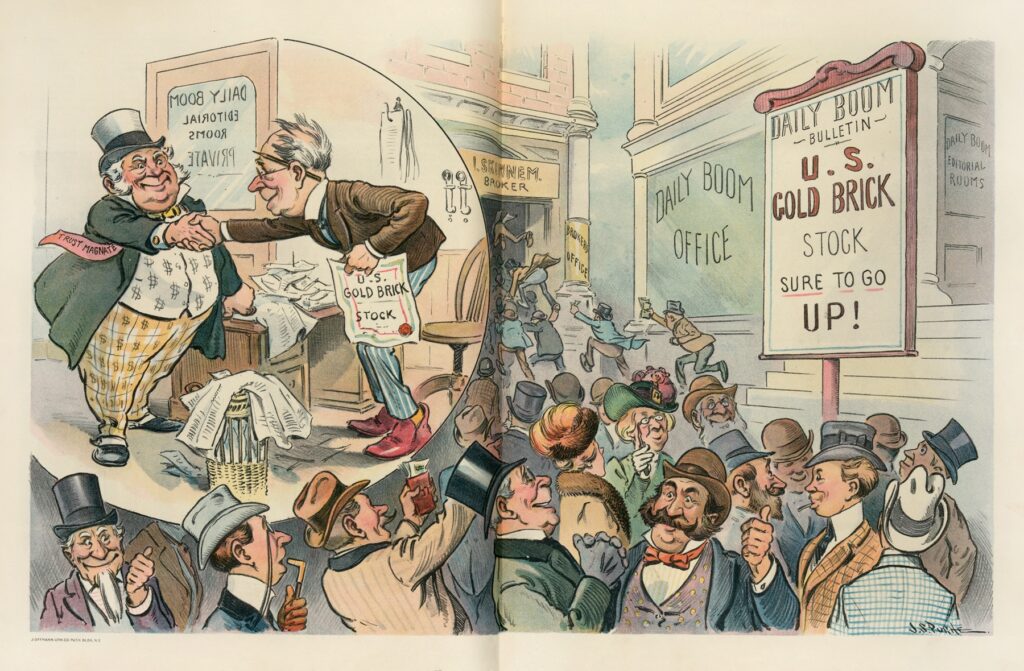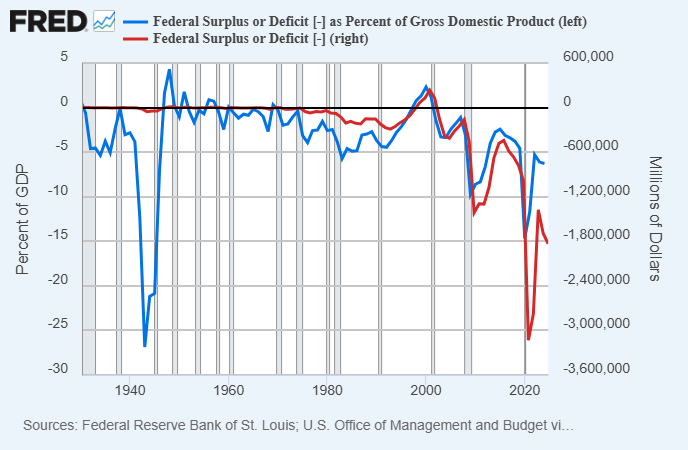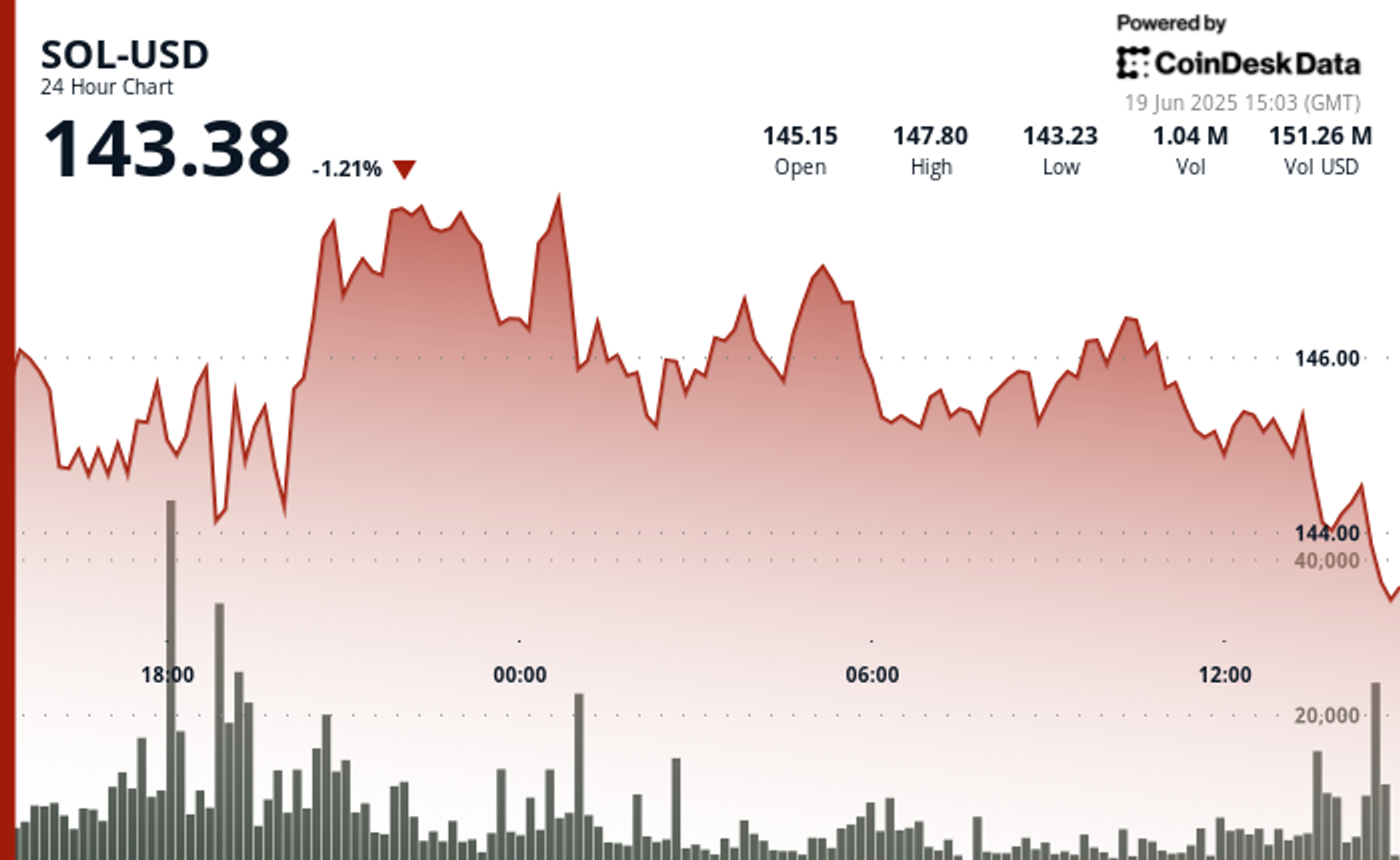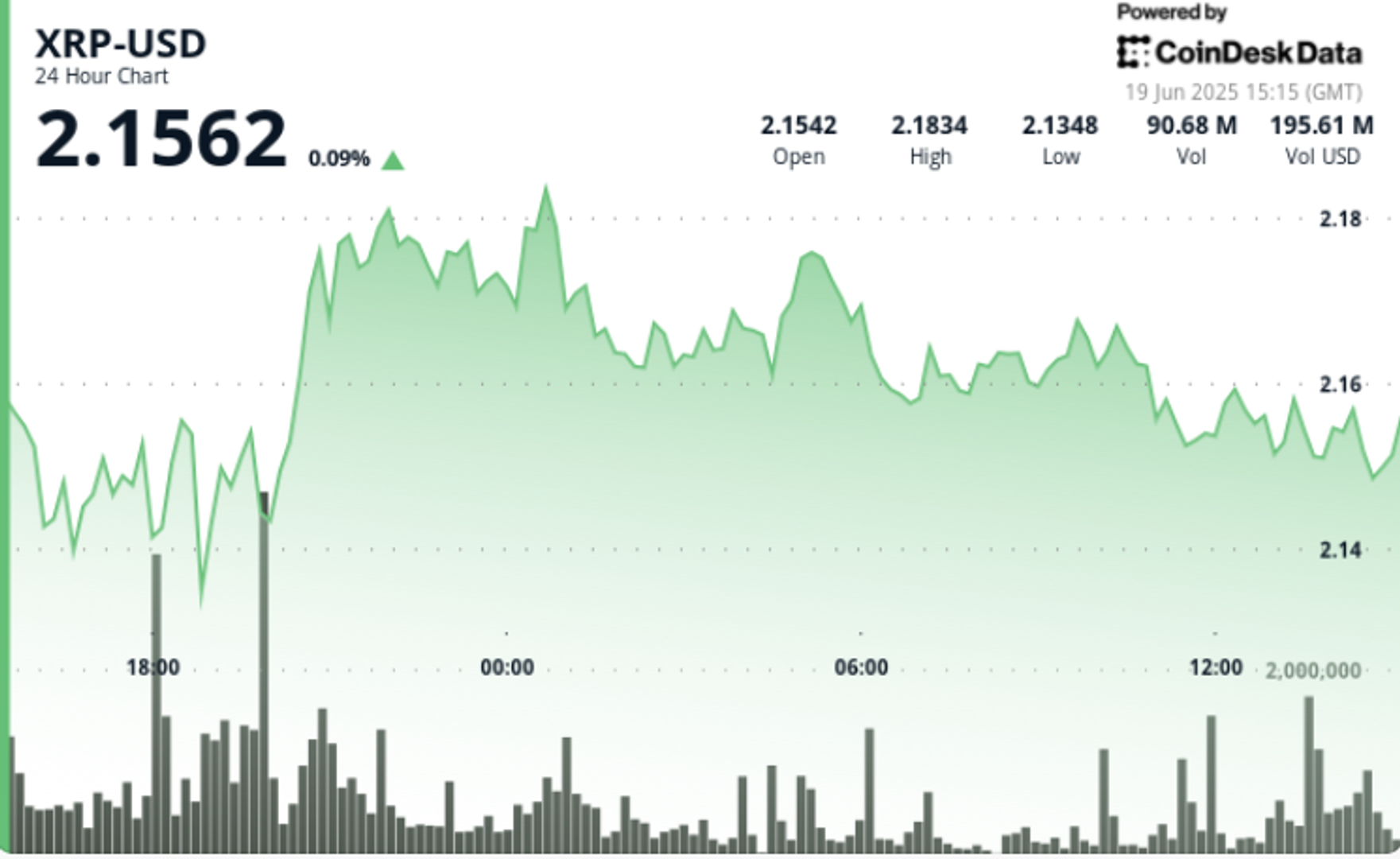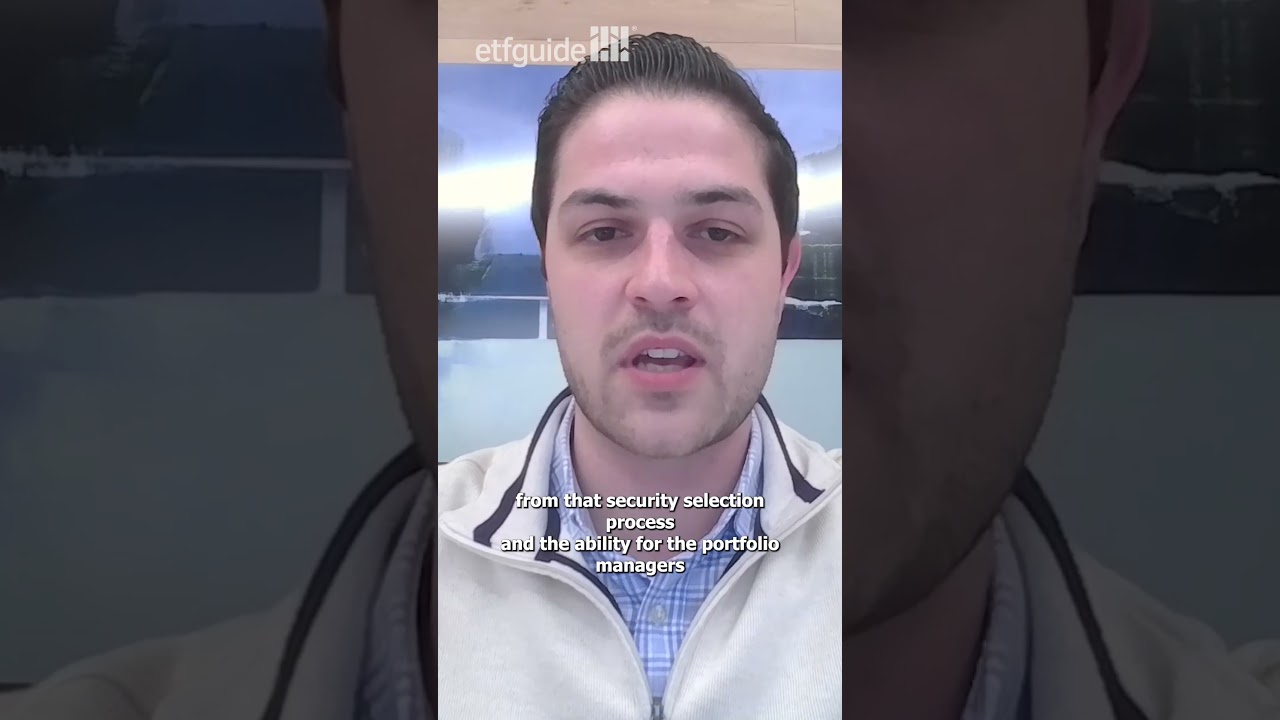Social Security Emergency Worsens
The prospects for Social Security running out of money to pay full benefits continue to grow. The increase in the number of people who live in poverty could be staggering. The post Social Security Emergency Worsens appeared first on 24/7 Wall St..

The emergency of when the Social Security Trust Funds runs out of money to pay full benefits has become more dire, just as millions of Americans reach retirement age. The increase in the number of people who live in poverty is staggering. About 69 million people receive benefits out of the funds.
24/7 Wall St. Key Points:
-
The prospects for Social Security running out of money to pay full benefits continue to grow.
-
The increase in the number of people who live in poverty could be staggering.
-
Take this quiz to see if you’re on track to retire. (sponsored)
According to the new report, “The combined reserves of the Old-Age and Survivors Insurance and Disability Insurance (OASI and DI) Trust Funds are projected to have enough dedicated revenue to pay all scheduled benefits and associated administrative costs until 2034, one year earlier than projected last year, with 81 percent of benefits payable at that time.”
The only way to dodge the disaster is an act of Congress. It can raise what workers pay into the fund as a “tax” deducted from their income or cut benefits. Congress could also try to use both plans. Yet, after years of inaction, it is unclear that Congress will do anything at all. Wendell Primus of the Brookings Institution told The Wall Street Journal, “It’s a problem that the Trump administration and the Congress need to get their arms around.”
One of the less often discussed effects of Social Security hitting a wall is the change in poverty rates. According to the Urban Institute, “Our new projections show that allowing the trust fund to run out would increase the number of Social Security beneficiaries who live in poverty by more than 50 percent.”
Not everyone agrees about the dates when Social Security payments could falter. As Pew says, there is more than one “scenario.” These depend on how quickly the number of recipients grows and the number of people contributing to the fund. Pew puts the figure at 79% of current levels. That seems to be the consensus. However, other projections put the figure at 83% that year. There is a broad range of estimates about the level of payout declining more into the 2040s and 2050s if nothing is done to replenish the program.
One possible specific solution is for Congress to add money to the fund. Another is that people take Social Security when they are older. They could start taking it at age 65 and continue until 72. Finally, people with high incomes could get less than others, and those with very high incomes get nothing at all. That is unpopular with the affluent. They paid into the fund, just as people who had lower incomes did.
In the final analysis, there is no consensus on how to handle the problem. That, in many ways, makes it a greater emergency.
Five Social Security Changes to Expect in 2026
The post Social Security Emergency Worsens appeared first on 24/7 Wall St..








